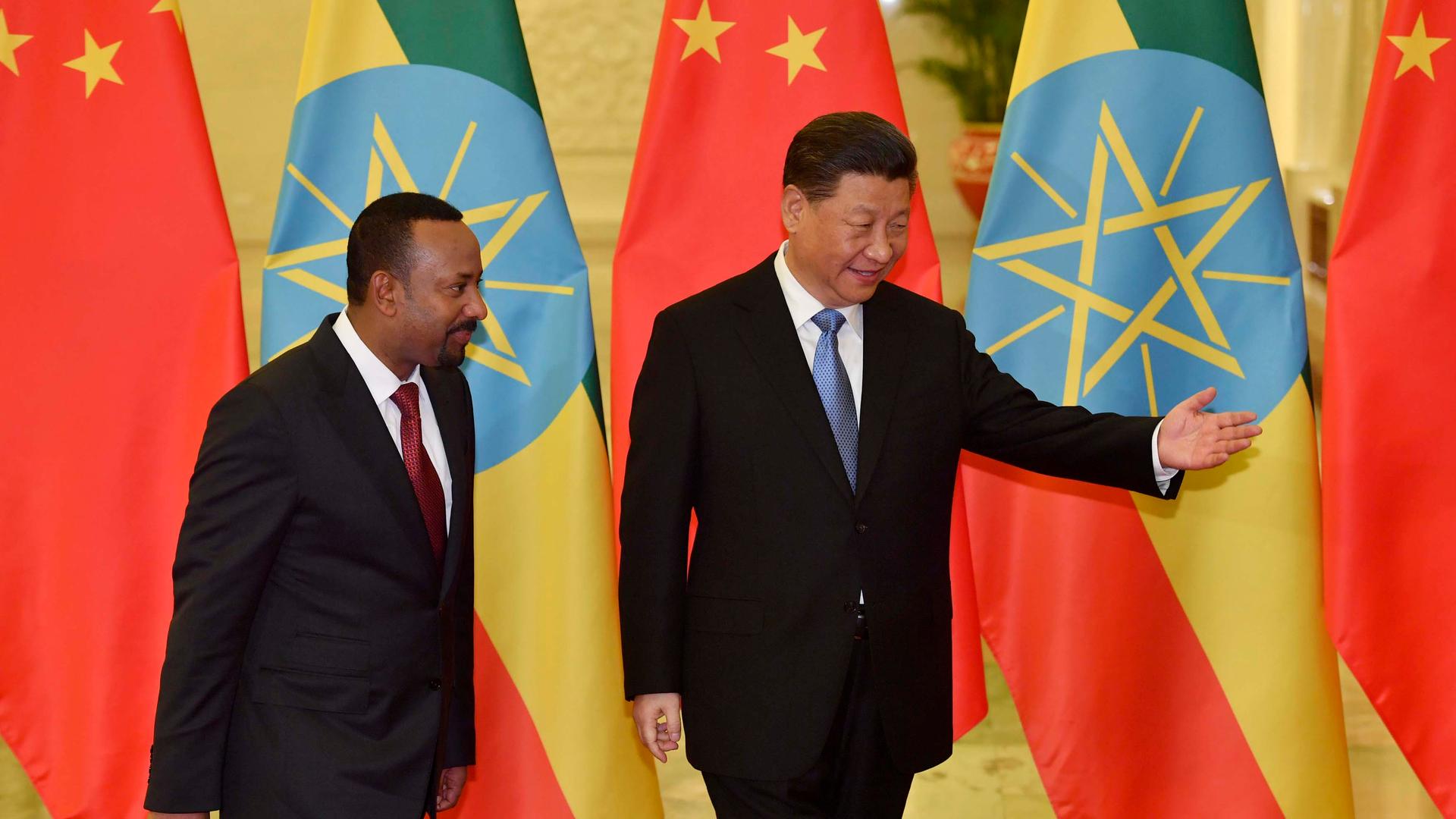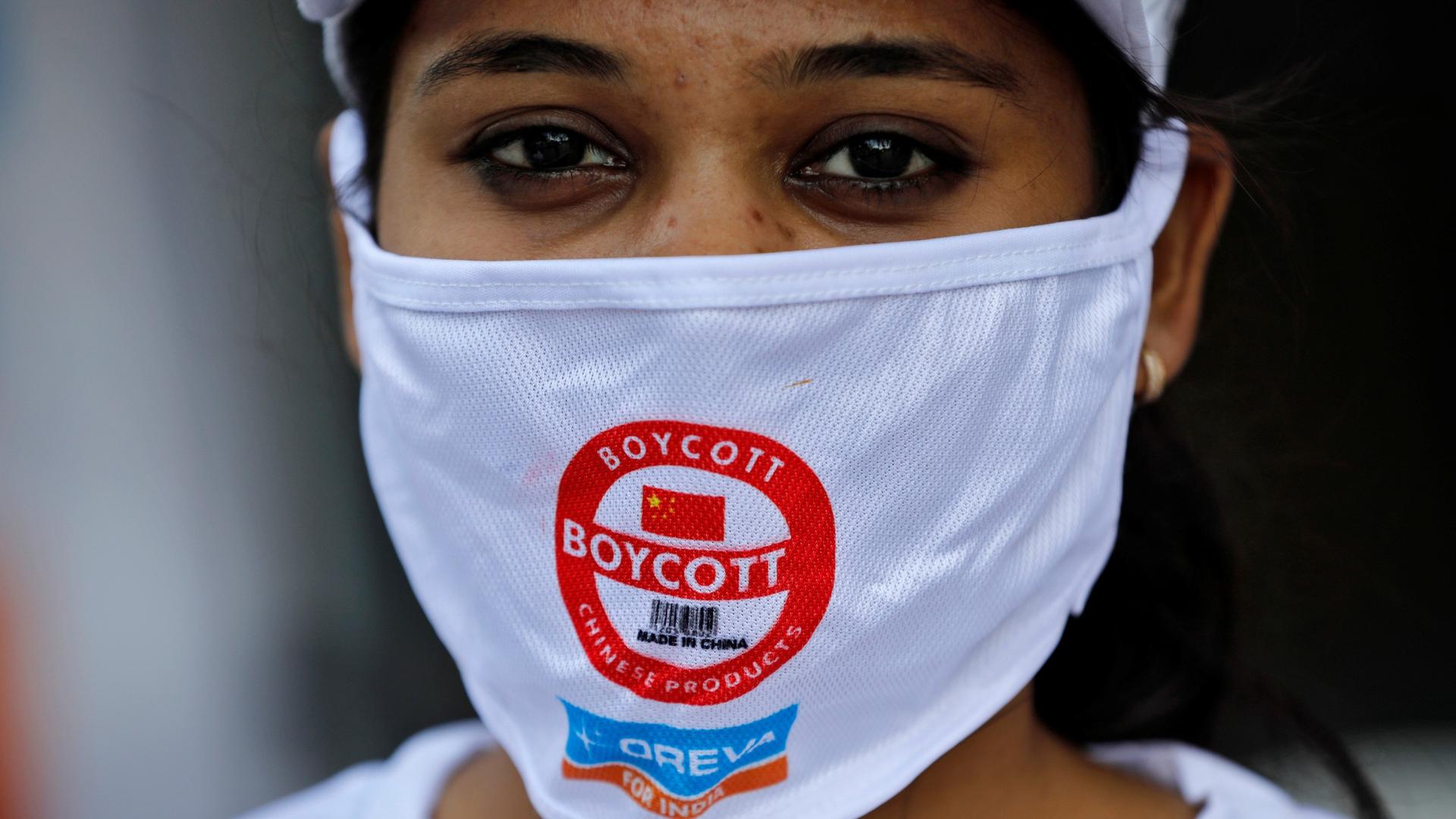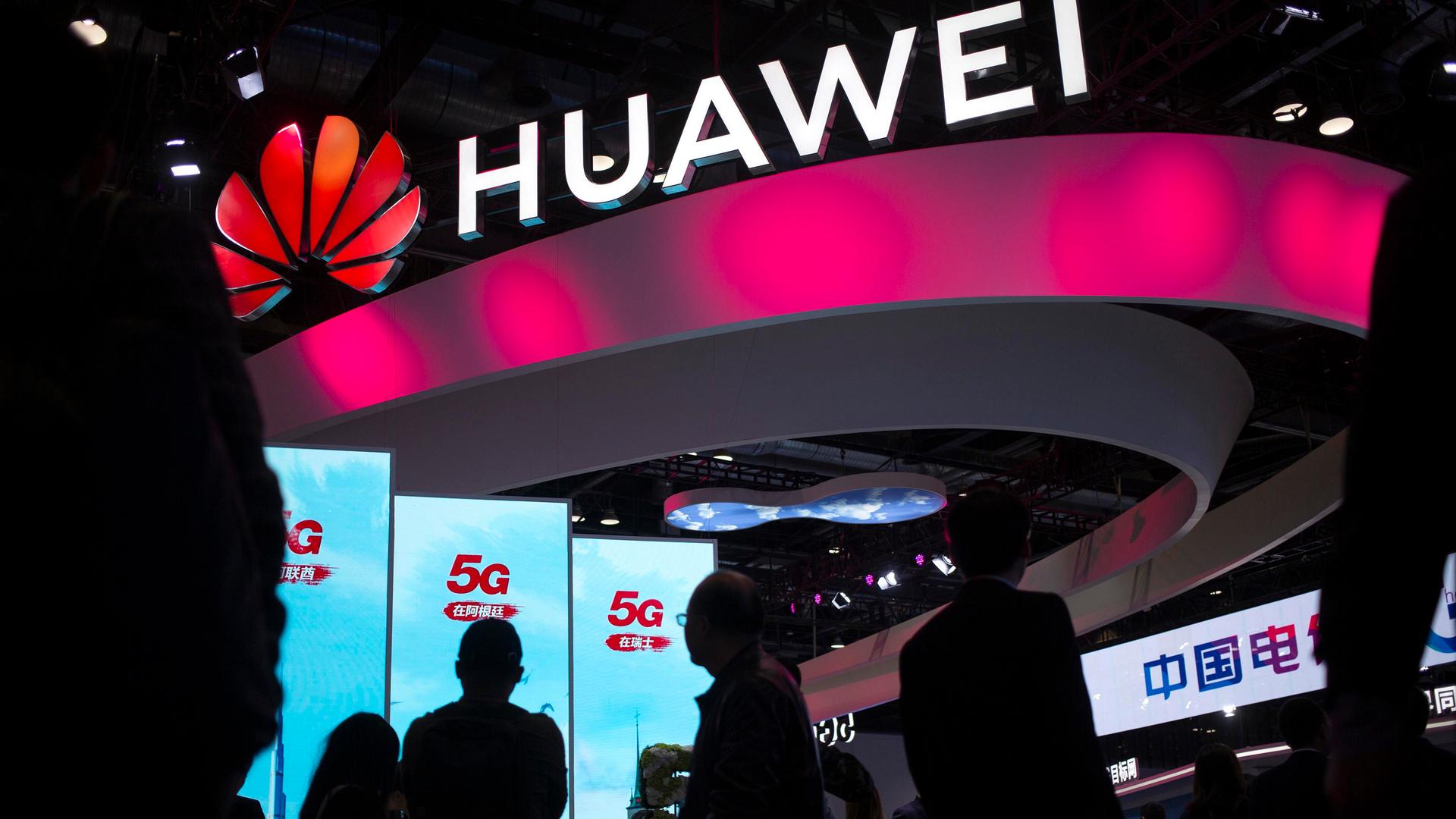Mary Kay Magistad
Whose Century Is It?Mary Kay Magistad is a former correspondent for The World in East Asia.
Mary Kay Magistad is formerly The World’s East Asia correspondent. She lived and reported in the region for two decades. Mary Kay is now based in San Francisco.During her time in Asia, she traveled regularly and widely throughout China and beyond, exploring how China’s rapid transformation has affected individual lives and exploring the bigger geopolitical, economic and environmental implications of China’s rise. She stepped back every so often to do an in-depth series on such topics as the China’s urbanization — the biggest and most rapid move from the countryside to the cities in human history, on the potential for innovation in China, and on the ripple effects on Chinese society of the One Child Generation coming of age. Mary Kay’s seven-part series on that subject, called “Young China,” won a 2007 Overseas Press Club Award, one of several awards she has received.Mary Kay started out in Southeast Asia, based in Bangkok, as a regular contributor to NPR, The Washington Post, The Boston Globe, and other news media. She covered the Cambodian civil war and the UN peace process, the Burmese army’s crackdown on pro-democracy demonstrators and the United States’ wary rapprochement in the early ‘90s with Vietnam. Mary Kay also reported farther afield, covering the aftermath of genocide in Rwanda, tensions with Iraq in Kuwait, and other stories.Mary Kay became NPR’s full-time Southeast Asia correspondent in 1993, and in 1996 she opened NPR’s first Beijing bureau. She took time out for two fellowships at Harvard — a Nieman and a Radcliffe fellowship — enough time to realize China was too interesting a story to leave — before going back to China for The World.Mary Kay graduated from Northwestern University with a double major in journalism and history, and has an MA in international relations from the University of Sussex in England, completed on a Rotary Foundation Fellowship.
As Ethiopia’s civil conflict intensifies, the future for Chinese investment is uncertain
China’s investments helped Ethiopia become one of the world’s fastest-growing economies. Now, the country is embroiled in a conflict that has displaced tens of thousands — and threatens to destabilize a region in which China is heavily invested.
Opening the door to Chinese investment comes with risks for Southeast Asian nations
Southeast Asian countries have long managed a complex relationship with China, the region’s biggest trading partner and their most powerful neighbor. China’s new Silk Road promises opportunities for economic growth, but at what cost?
Italy is caught in the middle of the EU’s tussle with its ‘systemic rival,’ China
Italian populists—skeptical of the value of EU membership—drove Italy to become the first G7 country to join China’s Belt and Road Initiative. Then the pandemic brought generous EU aid, leaving Italy to reassess who its real friends are and how best to help its economy.
The ‘China dream’: The new Silk Road begins at home
In the first episode of “On China’s New Silk Road,” The World’s former China correspondent Mary Kay Magistad looks at Chengdu, China, a stop on both the ancient Silk Road and the new one, for clues on China’s global influence via its Belt and Road Initiative.


